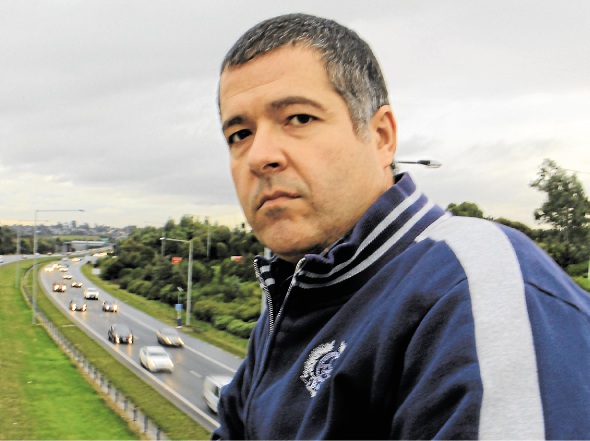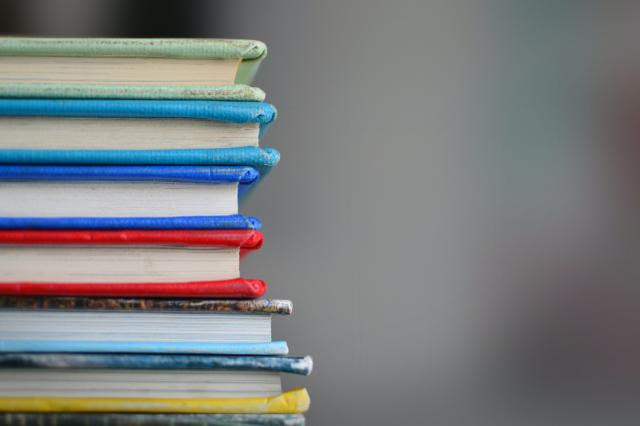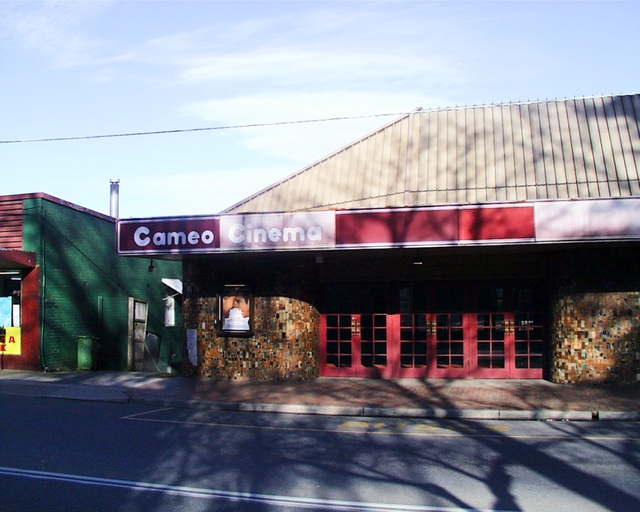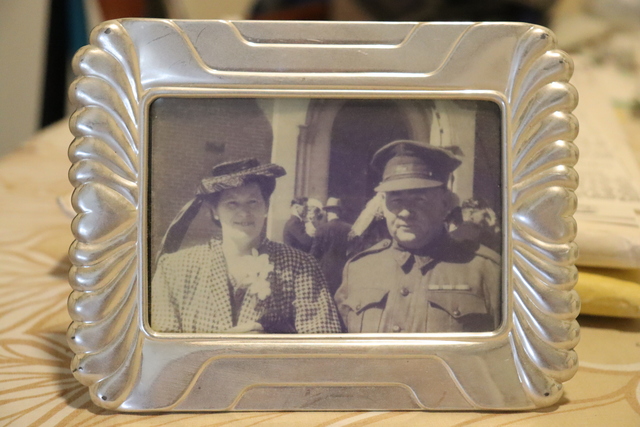Whatever your mode of travel, road or rail, there’s a high level of frustration in east and south-east Melbourne.
Angelo D’Amelio of Beaconsfield knows the stop-start grind of weekday commuting by car. In peak time, a 30-kilometre trip along the Monash Freeway to Hawthorn takes on average 50 minutes. On a bad day, that can stretch well over an hour.
At morning peak times, the average traffic speed is 55km/h. On the Eastern Freeway, the morning peak traffic slows to 51 km/h — about half the speed limit. “It gets a bit wearying after a long day at work,” Mr D’Amelio says.
He was so sick of the commute, he organised a petition for the state government to widen an M1 bottleneck east of Belgrave-Hallam Road.
It wasn’t difficult to enlist the 1600 frustrated signatories, nor to get the backing of Casey and Cardinia councils last year. But there is no indication that VicRoads will extend its $1.39 billion project — which added lanes to sections of the M1 — to clear the bottleneck.
Many public transport advocates, including RMIT transport planning senior lecturer Paul Mees, argue building major roads isn’t the answer.
The massive M1 spend was money wasted, he says. “It will be full again within 12-18 months. People have to realise those ideas aren’t going to work. Once a city gets beyond a certain size, you can’t just transport by car. There’s not enough space.”
But Mr D’Amelio says many in the outer suburbs don’t have a choice. “It’s fine to use public transport if you work within a 10-kilometre radius of the CBD because you’ve got a tram system to utilise or you’ve got a train station near your work.
”In the outer suburbs if you want to use childcare facilities and do drop-offs to school and then go off to work, public transport is no good to you. There’s a good reason why cars are on the road. It’s because people need them.”
Many public transport advocates say the system is let down by gaping holes in the bus network.
Samantha Dunn, who chairs the Eastern Transport Coalition, says public transport is “so inadequate that many residents either don’t have a public transport option within a reasonable distance from their homes, or the option — usually a bus service — is so inefficient it ceases to be a real option at all”.
Regional Development Australia’s regional plan for Melbourne stated inadequate public transport was Melbourne east’s “most significant challenge”.
Yet Dr Mees says decent bus services ought to be “the easiest thing of all to fix”. He says frequent bus links, co-ordinated with the rail timetable, will declog overcrowded car parks at rail stations.
Cr Dunn calls for more bus transit lanes and traffic light priority to make bus trips “more competitive” with car travel.
Dr Mees questions why governments are intent on costlier projects such as the multibillion-dollar east- west link. The state government has spent $15 million on planning for the 18-kilometre east-west road between Eastern Freeway and Western Ring Road. It includes a tunnel between CityLink and Eastern Freeway. Dr Mees calls the project the “craziest, kookiest idea ever”.
Opposition roads spokesman Luke Donnellan says the government is “selling the eastern suburbs a dud”. “More than 70 per cent of traffic coming off the Eastern Freeway travels along Hoddle Street through to the city and southern suburbs,” Mr Donnellan says. “Congestion will never improve without a major treatment of Hoddle Street and further improvements in public transport.”
RACV’s public policy general manager Brian Negus, who backs the link, says an improved treatment of the Hoddle Street and Alexandra Parade interchange and improved bus services for north-east Melbourne have to be “part of the package”.
He says the tunnel would take about 40 per cent of the traffic that is headed to the north and west. “The amount of congestion would reduce quite dramatically.”
Dr Mees also condemns the government’s mooted nine-kilometre rail tunnel from South Yarra to Kensington South via the CBD. The government has assigned $49.7 million for planning the project.
The extra tracks through the tunnel won’t translate to extra services into the south-east through South Yarra, Dr Mees says. “It’s not needed, especially for the Frankston and Dandenong lines. There are still the same number of tracks between South Yarra and Caulfield so it doesn’t increase the number of trains you can run [into the south-east].”
Mr Negus says the tunnel has to be considered along with extra tracks on the Dandenong rail corridor. “Paul Mees has got it wrong. You will need extra tracks and to grade-separate cross-roads so boom gates aren’t shut for 40 minutes in the hour. That will allow more train services across the corridor.”
He says the rail tunnel is the key to unlocking the lack of capacity in the city loop. “What you need to do is run cross-city services which don’t rely on the underground loop.”
Dr Mees argues the city loop is running at half capacity due to poor timetabling and organisation.
“In the 1970s, there were 100 trains an hour coming into the city. With the introduction of the city loop, it was said they should be able to run twice as many as that. At the moment there are 108 trains running 8am-9am — the busiest hour of the day. That’s half the capacity.”
No one argues against the need for more rail services on the Belgrave-Lilydale, Glen Waverley and Cranbourne-Pakenham corridors.
Public Transport Victoria’s May 2012 report stated 40.7 per cent of train passengers in the Dandenong rail corridor were on officially overcrowded trains during peak periods. On the Glen Waverley line, 13.7 per cent of peak-time passengers were on overcrowded trains. On the Ringwood corridor, it was 12.3 per cent.
Dr Mees says in the medium term track quadruplication, at least between the CBD-Oakleigh and CBD-Box Hill, will be required.
“This would cost in the region of $500 million if done in conjunction with removal of level crossings. This is a much more practical option than spending tens of billions of dollars we don’t have on pie-in-the-sky road projects that won’t fix the problems anyway.”
The office of Transport Minister Terry Mulder did not respond to emails and phone calls from the Weekly.
FAST LANE: Ideas to unclog our transport gridlock
■ Drop big-ticket projects like the east-west link and the metro rail tunnel.
■ Fix train timetables and build extra lines to Box Hill and Oakleigh and Dandenong-Cranbourne to run more services.
■ Create more bus services to railway stations
■ Grade-separate level crossings in the south-east.
SAMANTHA DUNN: Eastern Transport Coalition chairwoman
■ Building roads is not a long-term solution.
■ Build rail links to Doncaster and Rowville.
■ More bus services.
■ Triplicate or duplicate Belgrave/Lilydale, and Cranbourne lines.
■ Third track from Caulfield to Dandenong.
THANUJA GUNATILLAKE: RACV public transport and mobility manager
■ Build east-west road link and Metro rail tunnel.
■ Make the Doncaster Area Rapid Transport bus services more frequent.
■ Upgrade the M1’s Warrigal Road interchange.
■ Lengthen trains and stations, upgrade signals and remove level crossings in Dandenong rail corridor.
■ Duplicate and triplicate the Belgrave line.
■ Upgrade Officer rail station, extend the Cranbourne line to Cranbourne East and Clyde.
DANIEL BOWEN: Public Transport Users Association president
■ Don’t build new freeways.
■ Build rail link to Doncaster (first step Victoria Park-Bulleen with bus interchange to CBD) and Rowville.
■ More rail services and better-connecting bus services.
■ Grade separation of level crossings.
■ Duplication of Cranbourne line.
■ Lengthen trains to nine cars.
LUKE DONNELLAN and FIONA RICHARDSON: State opposition roads and public transport spokespersons
■ No east-west road tunnel.
■ Truck exclusion lanes on Monash Freeway.
■ Increased train and bus services.
What do you think? Post a comment below.
COUNCIL ELECTION COMMENTS
In the lead-up to next month’s council elections, the Weekly requires letters and comments on municipal issues submitted for publication, whether online or in print, to carry the author’s or commentator’s full address and telephone number, for purposes of verification only. The Weekly reserves the right to exclude material that is not fully identified. The editor’s decisions will be final.
The editor
For all the latest breaking news, stay with this website. Also, follow the Weekly at facebook.com/greaterdandenongweekly or on Twitter @DandenongWeekly.







